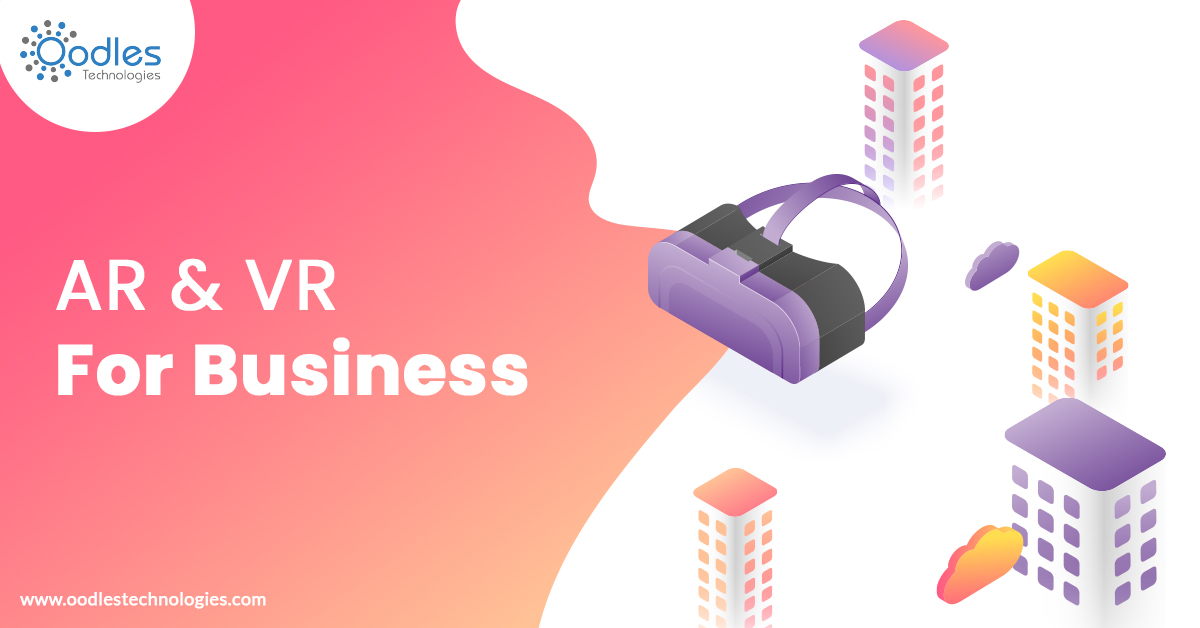AR and VR Emerging as an Imminence for Business
Posted By : Bharat Bhushan Dhalla | 21-Nov-2018

As per many experts, immersive technology has the potential to deliver enhanced output, proficiency, and security to certain industries. Also, AR and VR technologies are the new favorites of these industries because they are helping them to improve their business operations. More than 80% of the companies implementing AR and VR have got either expected or exceeded results from this. But, the shortfall of in-house proficiency and inadequate back-end infrastructures are noteworthy roadblocks to development.
A latest study, which surveyed nearly 800 employees of the manufacturing, automotive, and utilities fields, with noteworthy knowledge of their respective company’s moves taken in AR and VR technology, discovered that amongst half of the companies who are not taking AR/VR services are soon going to explore immersive technology within few years for the sake of growth in business operations. Moreover, many experts believe that this particular technology will become mainstream in their companies within a few years.
Companies are looking for the Advantages of using Immersive Technology
AR is comparatively more difficult to implement but organizations consider them more fruitful than VR. AR produces production-related advantages because of streamlined workflows, for example, mechanics and technicians at Porche have started using AR glasses which help them project aligned bulletins and sketches across the line of vision, also let remote experts have a look at what the mechanics and technicians required to get the feedback. This solution can reduce service resolution time by almost 50%. Virtual reality enhances the efficiency, security and also support in handling complications of jobs by enhancing output. Like, VR is used by Airbus to merge digital mock-ups into production environments, providing assembly workers access to finish 3D models of the plane under construction. This minimizes the time required in the evaluation by 25 days to 4 days.
You may also like this: How Location Based VR Can Be A Boon For The Adrenaline Junkies
Servicing, and maintenance, design, and assembly shape a large number of executed use cases
As per many studies in manufacturing, automaking, and utility fields, the most common uses of AR and VR are restricted to servicing, design, and assembly. Almost 30% businesses use AR and VR for servicing, and
Augmented Reality is, to the point and majorly accepted
Two-thirds of all the companies involved in the surveys are convinced that Augmented Reality is appropriate for their business operations instead of VR. Whilst Virtual Reality has strengthened immersive UX that is segregated from the real world, AR also adheres the digital world to the real world and thus assists a various number of breakthrough use-cases.
Conclusion
Companies from China and the United States are ahead in the execution of AR and VR. More than 50% of firms are using this technology in their business operations. In contrast, more than half of the companies in Germany, UK, France, and the Nordics have started doing experiments with the respective AR/VR technology.
Cookies are important to the proper functioning of a site. To improve your experience, we use cookies to remember log-in details and provide secure log-in, collect statistics to optimize site functionality, and deliver content tailored to your interests. Click Agree and Proceed to accept cookies and go directly to the site or click on View Cookie Settings to see detailed descriptions of the types of cookies and choose whether to accept certain cookies while on the site.











About Author
Bharat Bhushan Dhalla
Bharat is a Content Writer. He is passionate about writing and likes to write technical blogs.